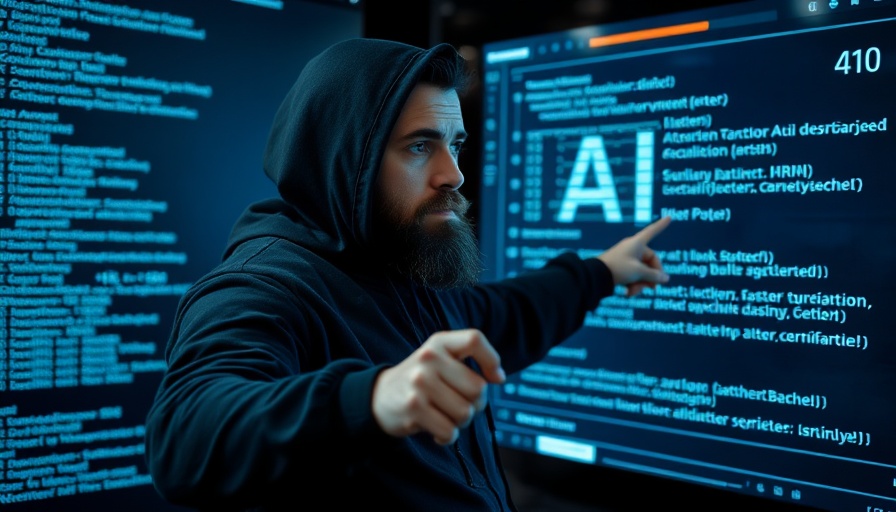
AI Under Siege: The Vulnerabilities We Can't Ignore
What if the very systems that manage our digital lives, from healthcare to finance, were not as secure as we believed? Recent tests reveal alarming vulnerabilities in advanced AI systems like Gemini 2.0 and Grok 4, showing hackers can manipulate these technologies with surprisingly simple attacks. This worrisome trend raises critical questions about the future safety of AI as it becomes increasingly integrated into our everyday lives.
Understanding AI Vulnerabilities
We live in an era where artificial intelligence is seamlessly woven into the fabric of society. AI systems are tasked with decision-making in crucial sectors such as healthcare, transportation, and finance. Yet, as revealed in recent analyses, these same systems exhibit significant weaknesses that could be exploited by malicious actors.
Key Tools in AI Security Testing
The launch of the AI Redteam tool marks a significant advance in identifying and addressing these vulnerabilities. This open-source platform uses attack simulations to evaluate the security of AI models. With features like batch testing and a comprehensive “God Mode,” it allows security experts and developers to assess the robustness of various AI models efficiently.
By supporting AI systems like Gemini 2.0, Grok 3, Grok 4, and GPT OSS 120B, the Redteam tool provides insights into which models withstand scrutiny and which falter under attack.
What This Means for AI's Future
As developers work to protect AI systems, the risks posed by these vulnerabilities underscore a pressing need for collaboration across the tech community. The implications of these weaknesses don't just affect developers; they extend to all users of AI technologies. The ease with which these systems can be attacked calls for urgent enhancement in security measures to bolster defenses against potential exploitation.
Emerging Threats and Defense Strategies
The types of attacks being simulated by tools like the AI Redteam include payload injections and multi-model batch testing. These methods highlight the necessity of adopting proactive security measures. Developers are exploring resilient architectures and defensive algorithms to mitigate these vulnerabilities, but they must remain vigilant in an ever-evolving threat landscape.
Actionable Insights for AI Enthusiasts
For AI enthusiasts and professionals alike, understanding these vulnerabilities is crucial. Staying informed about ongoing advancements in AI security is essential. Engaging with community resources such as forums, workshops, and collaborations can empower individuals to contribute to enhanced AI safety. The question isn't just about how AI systems will evolve but also how we can ensure their secure integration into society.
Final Thoughts on AI Safety
The integration of AI into our daily lives is undeniable, but so are the risks associated with its vulnerabilities. As citizens and users of technology, being aware of these challenges allows us to advocate for stronger security measures. As developments progress in AI, the community must actively engage in discussions about ethics, safety, and technology that serves everyone without compromising security.
 Add Row
Add Row  Add
Add 




Write A Comment